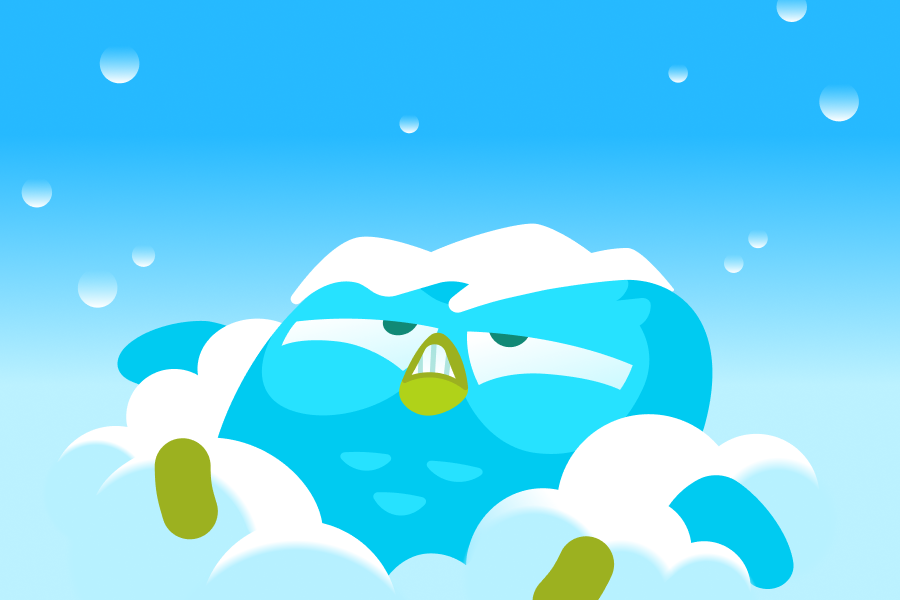Have you ever heard the intriguing claim that the Inuit people, who live in the Arctic, have 100 words for snow? Or maybe even 200? Or is it 65?
Though this bit of linguistic trivia often makes the rounds, is there any truth to it? Here's how that rumor got started!
The myth of all those words for snow
The claim that the Inuit have an enormous number of words for snow got its start over a century ago. In the late 19th century, anthropologist Franz Boas was conducting research on the languages used by different communities in the Arctic, but his findings were later exaggerated—and the impressively precise count of 100 (or 200, or 65) words for snow is a misinterpretation. Boas's work did spotlight the Inuit language's rich vocabulary for describing different types and qualities of snow and ice… but the linguistic reality snowballed into the myth we know today.
So how many words for snow do the Inuit really have?
The answer is: It depends how you count!
First, there is the question of dialects. The Inuit language, which is part of the Eskimo-Aleut language family, is spoken by the Inuit people in Greenland, the Arctic regions of Canada, and Alaska. Due to its history and the huge amount of territory it covers, what we today call the Inuit language is actually a large array of different dialects. (And actually, the same can be said for any language—English, French, Arabic, etc!)
In some cases, those dialects may use different words to refer to the same thing, just like American English prefers the word trash over the word rubbish, which is more commonly used in the U.K. In a case like this, should we count both trash and rubbish as words referring to garbage in English even though in most cases, a speaker who uses one doesn’t use the other? How many words *English* has for this concept is a very different question from how many words a single *person* might use. Which counting strategy you choose impacts the number of words we'd include—and counting all variations and possibilities might make English (and all its dialects) seem unsettlingly garbage-focused.
Second, and especially important in the case of the Inuit language, the very definition of what counts as a “word” is debated. How words are formed and changed to fit a sentence varies drastically across languages—words in Inuit work very differently compared to English. Inuit has many more word endings than we do in English, and they can be used to add nuances of meaning where we use whole phrases in English. One long Inuit word can mean “falling snow,” “the snow that fell last night,” or even a whole sentence, like “The new snow is powdery.” If each word + all its suffixes counts as a single word, it's possible to get an astronomical number of snow words in Inuit. But the linguistic reality is that those “words” are totally distinct from what most English speakers think of as a “word”!
No, but really—how many?
Having said the necessary caveats about dialectal synonyms and super long, complex words, we will find that the Inuit language still contains a relatively large number of snow words—around a couple dozen.
Is that really so strange? The Inuit language has evolved entirely in the context of the Arctic, a place where being adequately prepared to deal with the environment can be a matter of survival. So, it is important for the people who live there to be able to communicate about the texture, consistency, and quality of the snow with precision. Inuit terminology includes words for "powdery snow," "crusted snow," "wet snow," or "slushy snow," among others, which aids effective communication within the community. Even English-speaking skiers and snowboarders will have more ways for talking about snow than those who interact with snow less often!
So the next time you hear about the 100 Inuit words for snow, remember that how you count depends a lot on who is counting and why! But there's no denying the natural connection between our languages and the communities they've evolved in.
